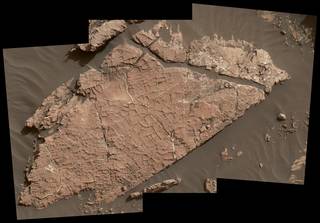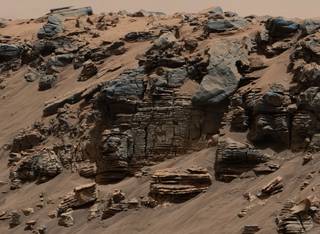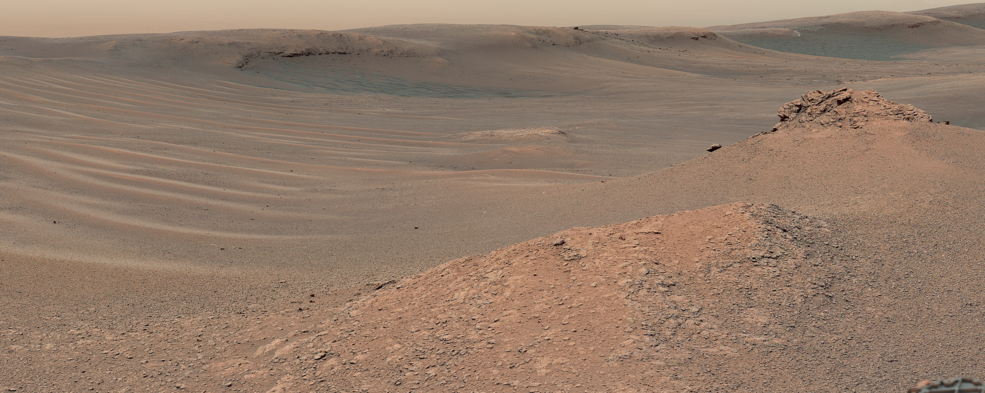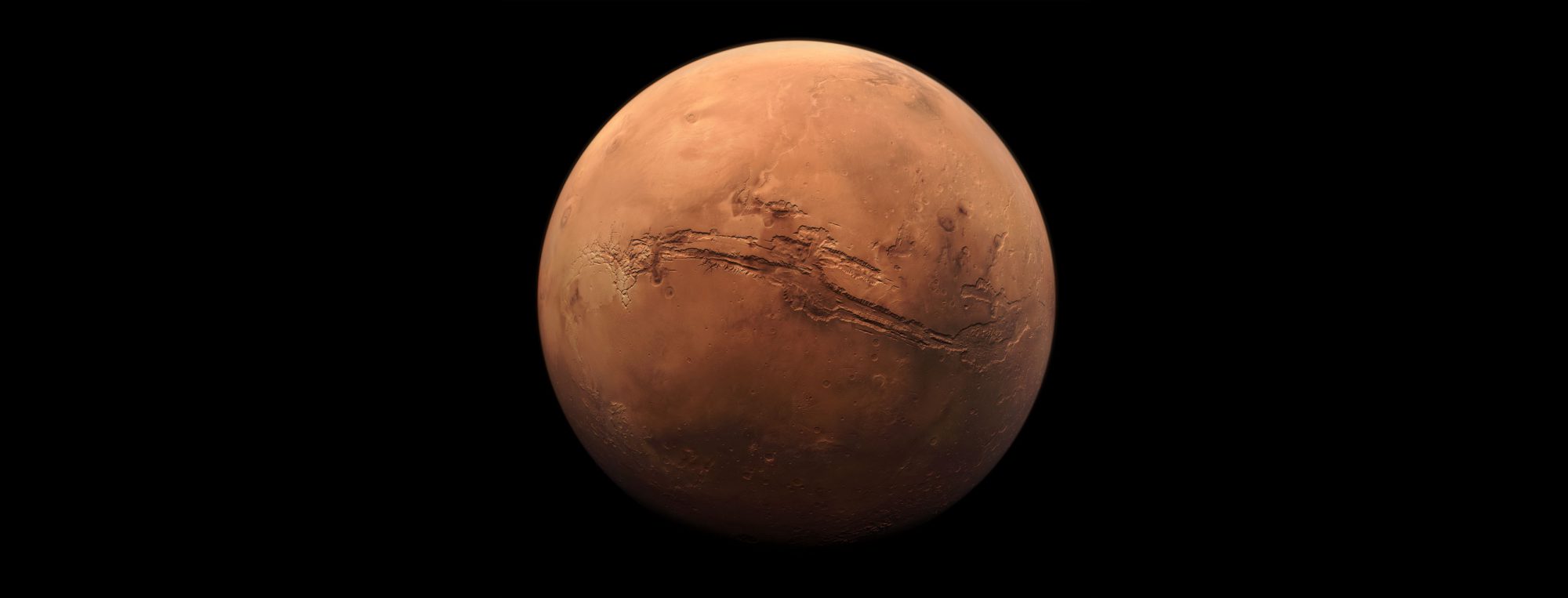
A self-portrait of NASA’s Curiosity rover taken on June 15, 2018, during the 2,082nd Martian day, or sol, of Curiosity’s work on Mars. A Martian dust storm has reduced sunlight and visibility at the rover’s location in Gale Crater. Image credit: NASA/JPL-Caltech
Today, Mars is a planet of extremes – it’s bitterly cold, has high radiation, and is bone-dry. But billions of years ago, Mars was home to lake systems that could have sustained microbial life. As the planet’s climate changed, one such lake – in Mars’ Gale Crater – slowly dried out. Scientists have new evidence that super salty water, or brines, seeped deep through the cracks, between grains of soil in the parched lake bottom and altered the clay mineral-rich layers beneath.
The findings published in the July 9 edition of the journal Science and led by the team in charge of the Chemistry and Mineralogy, or CheMin, instrument – aboard NASA’s Mars Science Laboratory Curiosity rover – help add to the understanding of where the rock record preserved or destroyed evidence of Mars’ past and possible signs of ancient life.

The network of cracks in this Martian rock slab called “Old Soaker” may have formed from the drying of a mud layer more than three billion years ago. The view spans about three feet (90 centimeters) left-to-right and combines three images taken by the Mars Hand Lens Imager, or MAHLI, camera on the arm of NASA’s Curiosity Mars rover.
Credits: NASA/JPL-Caltech/MSSS

This evenly layered rock imaged in 2014 by the Mastcam on NASA’s Curiosity Mars rover shows a pattern typical of a lake-floor sedimentary deposit near where flowing water entered a lake. Shallow and deep parts of an ancient Martian lake left different clues in mudstone formed from lakebed deposits.
Credits: NASA/JPL-Caltech/MSSS

This Martian landscape includes the rocky landmark nicknamed “Knockfarril Hill” at center right and the edge of Vera Rubin Ridge, which runs along the top of the scene. The image was made from a mosaic captured by the Mast Camera aboard NASA’s Curiosity Mars rover as it explored the “clay-bearing unit” on Feb. 3, 2019, during the 2,309th Martian day, or sol, of Curiosity’s work on Mars.
Credits: NASA/JPL-Caltech/MSSS
Editor: Rachel Hoover

